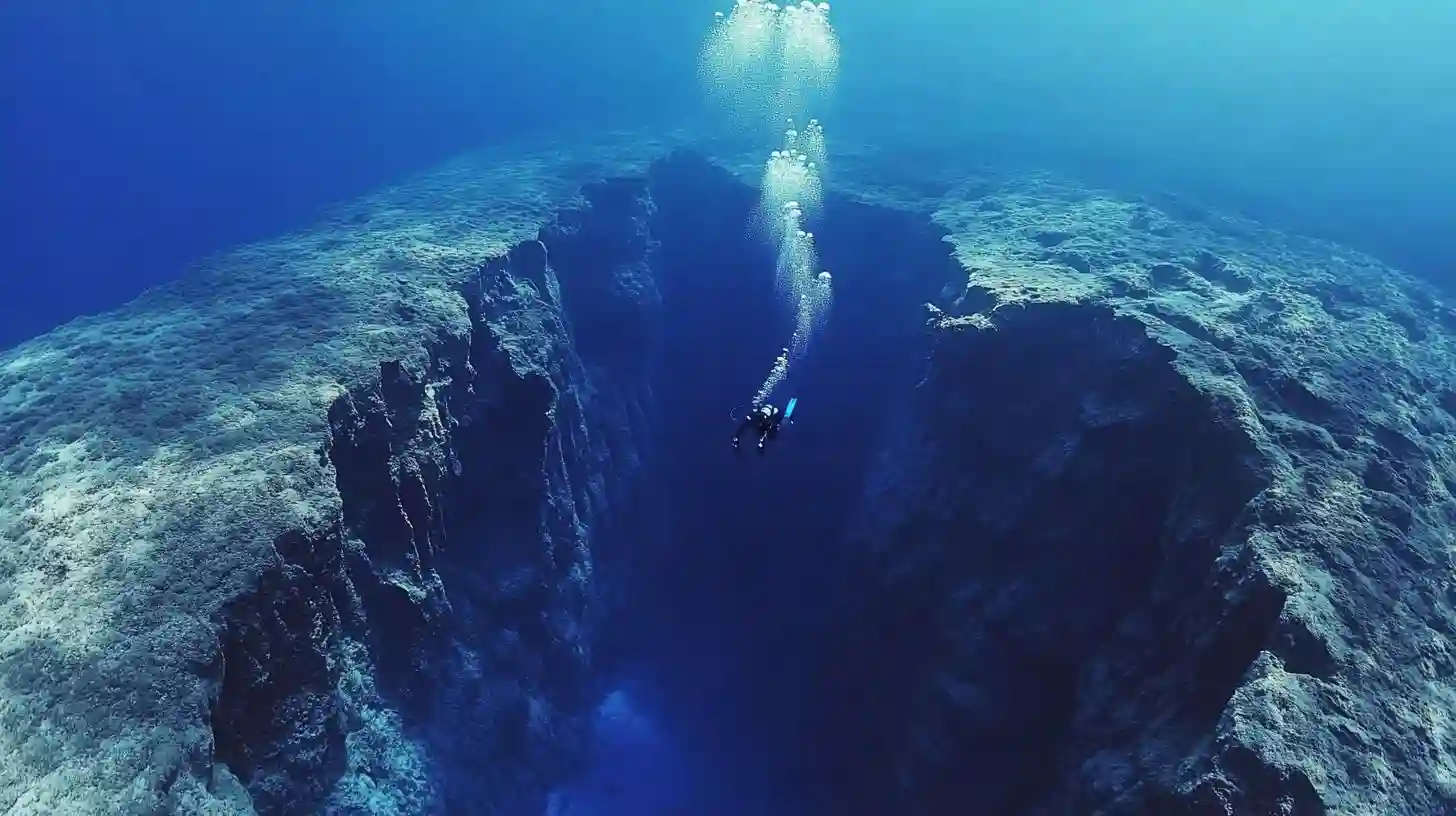
Contentnesthub

As humankind's fascination with the ocean continues to grow, so too does the desire to explore the depths of the sea. The oceans cover over seventy percent of the Earth's surface, holding a vast expanse of mysteries waiting to be uncovered. However, as we venture deeper into these waters, we confront the reality of the immense pressures that exist in the deep sea. The ocean's crushing weight presents significant challenges to human exploration, and understanding how deep humans can dive before being subjected to these extreme pressures is crucial for underwater exploration.
The ocean's pressure increases with depth. Every ten meters of descent exerts an additional atmosphere of pressure on a diver. At the surface, the pressure is one atmosphere, equal to the weight of the air above us. As divers descend, this pressure builds significantly, creating an environment that requires specialized equipment and training to survive. The physiology of the human body is not suited for such high pressures, particularly in regards to the lung's expansion and contraction. As divers descend into deeper waters, the air in their lungs compresses, and if they fail to equalize the pressure, the air can be forced out of their lungs dangerously upon ascent, leading to potentially fatal injuries, such as barotrauma.
To withstand increasing pressure over prolonged periods, divers utilize a variety of techniques, gear, and technologies. Scuba divers typically limit their dives to a certain depth, utilizing pressurized tanks filled with gas mixtures that allow for breathing under these conditions. The equipment must be maintained and checked rigorously to ensure safety. Government and scientific organizations employ advanced submersibles and remotely operated vehicles for deeper explorations, which endure these pressures by containing air and maintaining structural integrity through reinforced designs, allowing them to explore depths that are far beyond human capabilities.
Historically, professional divers have ventured into the depths utilizing saturation diving methods. In this technique, divers live in pressurized environments that allow them to work at great depths for extended periods. These chambers maintain ambient pressure similar to that found at depth, allowing divers to leave the chamber and perform tasks underwater without suffering the effects of drastic pressure changes. Saturation diving has opened up the ocean's complexities, letting divers work for weeks at depths that would be impossible with standard scuba gear.
However, it is essential to consider the human body's limits. Various physiological effects can occur as depth increases, known as decompression sickness or "the bends." This condition arises when divers ascend rapidly, leading to bubbles forming in their bloodstream due to changes in pressure. Symptoms can range from joint pain to severe neurological issues, highlighting the need for careful ascent protocols. As divers reach the depths of several hundred meters, their bodies experience not only the physical effects of pressure but also psychological challenges, such as isolation, disorientation, and sensory deprivation, making deep-sea exploration an intensive experience that requires not only physical but mental resilience.
Innovations in technology continue to push the boundaries of what is possible in underwater exploration. Companies and research institutions are developing advanced pressure-resistant materials that can withstand the crushing forces found in the deep sea. Innovations like artificial intelligence and advanced imaging technologies help scientists map unexplored areas of the ocean, revealing new forms of life and geological formations. These advancements also increase our understanding of the ocean's ecosystems, which are delicate and often endangered due to climate change and pollution.
As we navigate these depths, the future of human exploration in the ocean remains a subject of intrigue and caution. Each descent into the abyss serves as a reminder of nature's power and unpredictability. The marvels of the ocean, whether vibrant coral reefs or mysterious underwater mountains, beckon exploration, while the realities of pressure, temperature, and isolation demand respect. The pursuit to understand this immense body of water reflects our innate desire to explore and learn, while simultaneously posing questions regarding our limits as humans. There is much still unknown beneath the surface, and as technology advances, so too do our capabilities, urging us to continue seeking knowledge while being mindful of the depths we endeavor to explore.